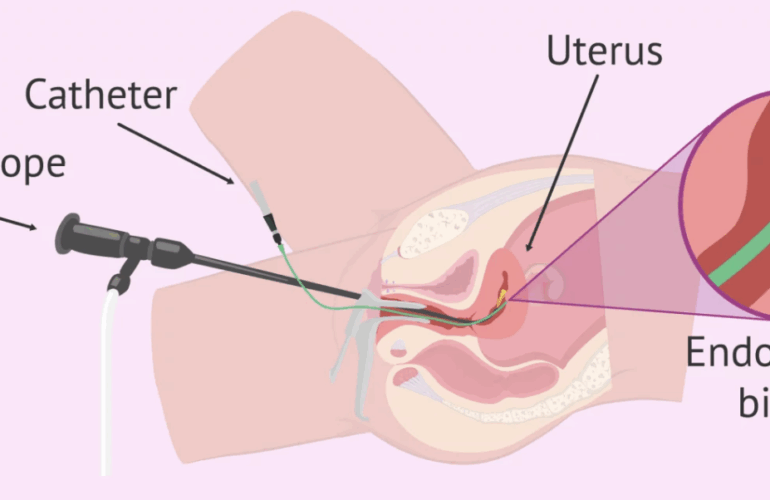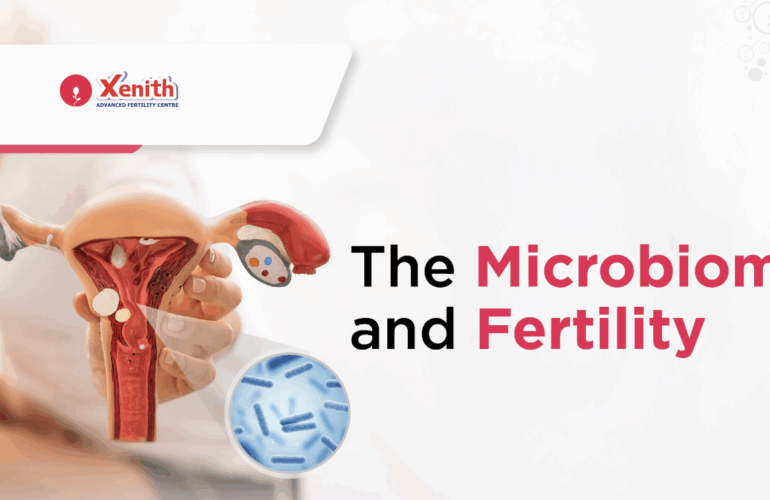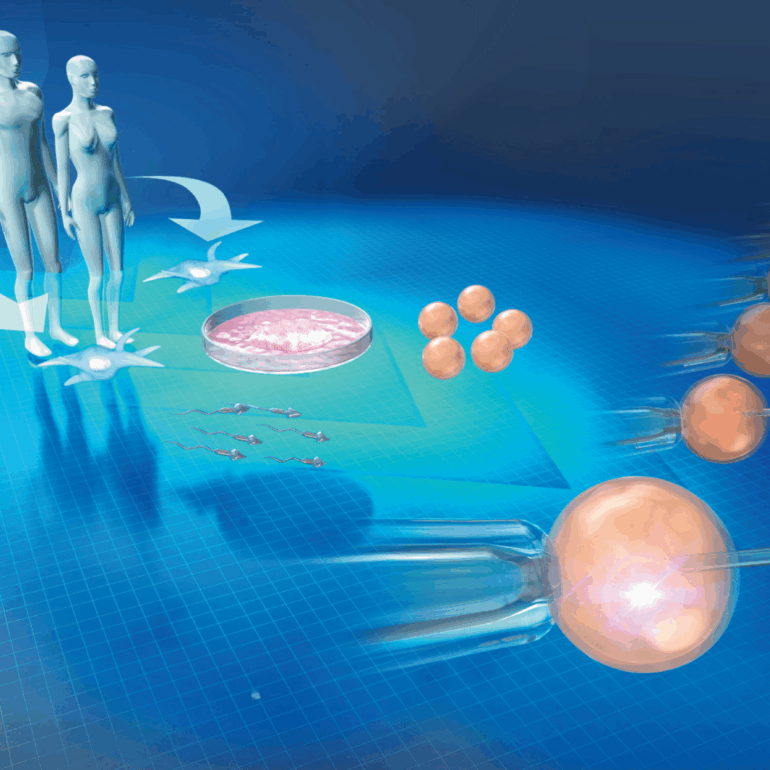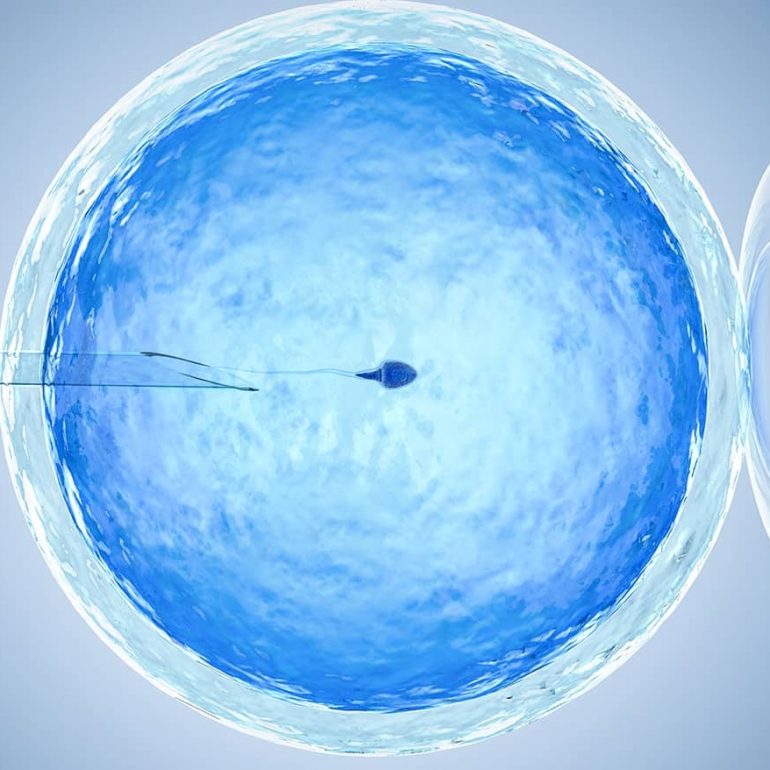Xenith Hope Circle
Join our new WhatsApp community
Introduction to Blastocyst Transfer
Blastocyst transfer is a critical step in the IVF (In Vitro Fertilization) process, where an embryo, typically at the blastocyst stage, is transferred into the uterus. A blastocyst is an embryo that has developed for about five days after fertilization and contains around 200 cells, which are ready for implantation.
What is a Blastocyst?
A blastocyst is a key stage in embryo development, occurring about 5-6 days post-fertilization. During this stage, the embryo comprises two distinct cell types—the inner cell mass, which will eventually develop into the fetus, and the outer layer, known as the trophoblast, which forms the placenta.
The Procedure of Embryo Transfer
The embryo transfer procedure typically occurs on the fifth day of embryo development when the embryo has reached the blastocyst stage. This stage is critical because it significantly increases the chances of successful implantation. The procedure is minimally invasive and involves placing the blastocyst into the uterus using a thin catheter.
Day-by-Day Embryo Development Post Transfer
After the blastocyst transfer, the embryo undergoes a series of developmental changes:
Day 1-2: The blastocyst continues to grow and prepares for implantation.
Day 3-4: The embryo starts to attach itself to the uterine wall, beginning the implantation process.
Day 5-6: Full implantation occurs, and the embryo begins to receive nutrients directly from the mother’s bloodstream.
Day 7-10: The embryo further develops, and hCG hormone levels begin to rise, which can be detected through blood tests to confirm pregnancy.
EXCELLENTTrustindex verifies that the original source of the review is Google. Staff is very polite and supportive. Dr are also knowledgeable and motivational. Dr Mamta Dighe ma'am is also always smiling and give positive vibes. I did like to the service and support they do when you visit clinic. I was visiting Wakad branch.Posted onTrustindex verifies that the original source of the review is Google. Dr. Pooja Mam and whole team very cooperative and supportive throughout the entire journey and made all the procedures easy and smoothly. Thank you Xenith and TeamPosted onTrustindex verifies that the original source of the review is Google. Went through the treatment here and it was very smooth and staff was very helpful Thanks to Poonam/Pooja/Mamta ma'am for the guidancePosted onTrustindex verifies that the original source of the review is Google. I had very satisfied experience with xenith team.😊 The entire team gave very positive response from the beginning. Dr. Mamta mam, Dr. Pooja Mam and Dr. Pallavi Mam were very cooperative and supportive throughout the entire journey and made all the procedures easy and smoothly. Really appreciate their hard work towards their patients 😊. Also all staff members are very responsible and caring.Thank you all xenith team.❤️Posted onTrustindex verifies that the original source of the review is Google. Dr. Mamta Dighe has been a pillar of strength 💪, compassion 💕, and expertise 🩺 throughout this process. She is not only exceptionally knowledgeable and up to date in her field, but also genuinely caring and considerate towards her patients. Her passion for her work and her unwavering commitment to helping couples fulfill their dreams are truly inspiring. 💖 Her guidance, professionalism, and reassuring words kept us confident throughout the process. You can clearly see how her positivity ✨ and dedication reflect in her entire team — from the embryologists 🧫 to the doctors 👩⚕️👨⚕️, nurses, and staff 👏 — everyone at Xenith is caring, helpful, and sincere. 🙌 Coming from another city for treatment was initially a big challenge, but we now feel so fortunate 🍀 to have chosen Xenith purely based on recommendations and faith in Dr. Mamta Dighe. Today, we can say it was one of the best decisions we ever made. 🌟 She has blessed us with the most precious gift anyone could ever give 👶💞, and no words can express our gratitude 🙏 for her care and support. ❤️ A very special thanks to Dr. POOJA 🌷, who has been our rock throughout this journey 🪨. Since we were away from Pune, most of our communication with Dr Pooja was over the phone 📞 — yet she never once made us feel distant. She was always there for us 🤝, patiently answering every question, addressing every worry 😌, and constantly motivating us to stay positive 🌈. Dr Pooja not only guided us medically 🩺 but also emotionally 💗, keeping our spirits high 💫 and encouraging us to stay positive. 🌈 To the entire Xenith team 👩⚕️👨⚕️💐 — thank you from the bottom of our hearts 💖. You have all played an important role in this life-changing journey 🌸. Because of your collective effort 🤲, professionalism 🏅, and compassion 💕, we are now living our dream 🌟. We wish Dr. Mamta, Dr. Pooja, Dr. Poonam and the whole Xenith family immense success 🏆 in continuing to bring joy 😊 to many more families 👨👩👧👦. May God bless you all abundantly 🙏✨ and guide you to always remain as kind 💝, dedicated 💪, and compassionate 🤍 as you are. 🌸
Success Rates of 5-Day Blastocyst Transfer
Blastocyst transfer may increase the chances of success but it’s best to discuss with your consultant whether a day3 or blastocyst (day5) transfer would be better for you as it must be individualised.
The Role of Frozen Blastocyst Transfers
Frozen blastocyst transfers offer flexibility, allowing embryos to be preserved and transferred at a later date. The success rates for frozen blastocyst transfers are comparable to fresh transfers, making them a viable option for many patients.
Frequently Asked Questions
A blastocyst is a more developed form of an embryo, typically reached by day five, offering a higher chance of successful implantation.
A blastocyst contains around 200 cells, making it more complex and developed compared to earlier-stage embryos.
Implantation typically begins 3-4 days post-transfer, with full implantation occurring by day 6-7.
Conclusion
Blastocyst transfer is a pivotal step in the IVF process, offering higher chances of implantation and successful pregnancy. Understanding the procedure, the day-by-day development of the embryo, and the success rates can help patients make informed decisions about their IVF journey. Whether you’re considering fresh or frozen embryo transfer, the blastocyst stage is a promising option in the path to parenthood.
Why Choose Xenith?
- Patient-centered care
- Specialty in Recurrent IVF Failures
- Focus on interventions
- High IVF success rates
- High Clinical Standard
- All treatments under one roof
Book Appointment Today!
Recent Posts

The Role of Endometrial Scratching in Improving IVF Success

The Empowered Guide to Low-Tox Living for Fertility

The Gut-Microbiome-Fertility Connection: A Practical Guide for Men and Women




